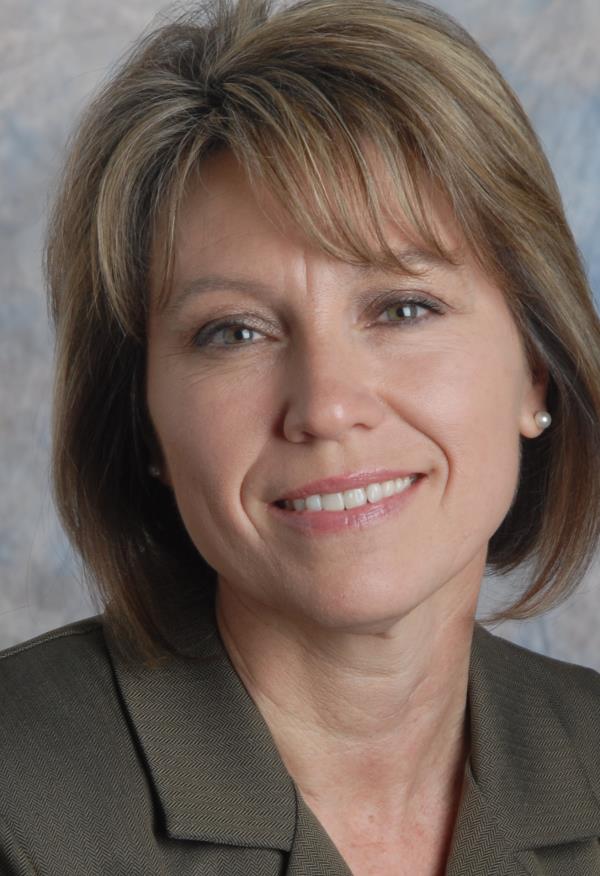Why Silly Season Isn’t Silly At All
 |
| Cathy Elliott |
In keeping with the global climate changes we’ve been experiencing of late, Silly Season has come early this year.
For as long as I've been a fan of NASCAR, I have believed the term "Silly Season" was actually coined by our sport.
The name has typically been used to describe roughly the second half of the NASCAR Sprint Cup Series season, when teams and sponsors and even auto manufacturers begin the process of realigning themselves for the following year. In years past, it was the time when Hendrick Motorsports would announce the addition of Dale Earnhardt, Jr. to its driver lineup, for example, or Tony Stewart would officially reveal the creation of Stewart-Haas Racing.
Falling into the trap of thinking the world revolves around one's own particular interests can prove you wrong in a hurry. Silly Season, as it turns out, is a phrase that has been in use since the 1800s. It is a media-based term that refers to the period of time starting in mid to late summer when "frivolous" news stories start popping up.
In the media business, summer is the slowest time of year for hard news. School is out, the legislature is not in session and, in our hemisphere at least, everyone is on vacation.
You really have to scramble around to find things to write about, which is great for folks like the guy up the street who grew a giant squash, because suddenly, he's front-page news.
Over the years, maybe NASCAR has been a little bit like that. SpeedWeeks and the jockeying-for-position frenzy of the early months of the season consume everyone, but then things kind of shake out, settle down, and we start looking around to see what else is going on, both now and in the months to come.
The Chase for the NASCAR Sprint Cup has expedited this process somewhat. The 10-race format has created kind of a “season within a season," and although they can still win races, effectively the year is over for all but 12 Sprint Cup Series drivers. Since they have no hope of winning a championship in the current season, they become even more eager to find a way to come back and win one next year.
Let the games begin.
This year, however, we had barely recovered from the Daytona 500 before the fur started flying. Kasey Kahne fired the first significant shot across the bow, with the announcement that he had signed a contract with Hendrick Motorsports and would be leaving Richard Petty Motorsports at the end of the 2010 season.
While still digesting that piece of news, NASCAR Nation learned of some upcoming changes at Penske Racing. Shell/Pennzoil will leave its longtime partnership with Richard Childress Racing at the end of 2010 and move to Penske, sponsoring the new No. 22 Dodge to be driven by Kurt Busch next year. Brad Keselowski will fill the seat of the No. 2 Miller Lite car.
“The key words are solidifying our future and giving some validity to our program. Obviously when you have rotating sponsors every week, there's some confusion that goes with that, not just with the fans but also with the team itself," Keselowski said on the day of the announcement.
“So to be able to look the guys in the eye and tell them that's what we are going to do next year and see their faces and see how excited they were about it, to know that there's … a solid future ahead, for not just me but for everyone on my team, that's so very important."
Over at RCR, the future of Kevin Harvick, current driver of the No. 29 Shell/Pennzoil Chevy, is not quite so settled in. Harvick is left with a contract that expires at the end of this season and an abdicating sponsor.
The changes leave a couple of major sponsors hanging, namely Budweiser, the current sponsor of Kahne’s No. 9 Ford, and Mobil 1, sponsor of Penske Racing’s third car, the No. 77. That car is currently driven by Sam Hornish, Jr., whose contract is — you guessed it — up for renewal at the end of this year.
Confused yet? Just wait. The summer still lies before us, and with all these big names bouncing around, we still may not know the identity of the guy who will ultimately be responsible for NASCAR’s biggest squash of the season.
Obviously, with millions of dollars and some of NASCAR’s premier talent, teams and sponsors at stake, Silly Season is anything but.
